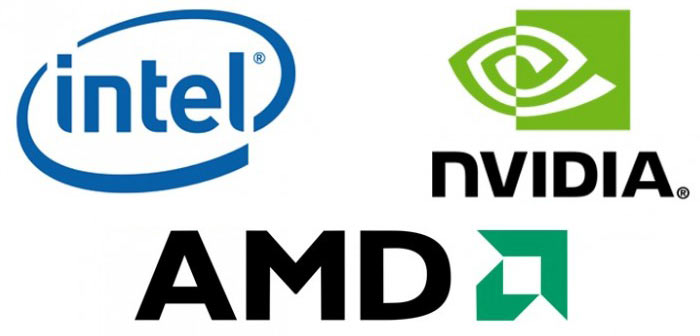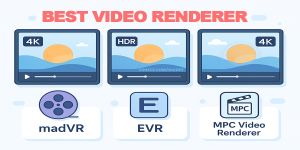GPU Showdown: Comparing Video Encoding Performance of AMD, Intel, and NVIDIA Graphics Cards
The use of graphics cards goes beyond playing video games. These days, GPUs play a crucial role in many industries, including audiovisual professionals who use them for video encoding.
To find out which of the latest releases from AMD, Intel, and NVIDIA is the best for this task, Gearrice, an American media outlet, ran several tests.
The focus of this article is on the performance and quality of video encoding across different generations of GPUs. Generally, the video encoder/decoders of each generation offer similar performance with minor variations.
However, no one had previously taken a bunch of graphics cards and compared them to determine which GPU is the king of video encoding and offers the best quality/price ratio.
After several runs of encoding tests, the results were uneven. Despite all the talk about AV1 encoding, in practice, it doesn't differ much from HEVC. The only real advantage of AV1 is that it is supposedly royalty-free.
Users can still use HEVC to archive their movies and not miss anything. AV1 may take over in the future, just as H.264 became the de facto video standard for the past decade or more.
NVIDIA's Ada Lovelace NVENC architecture graphics cards came out on top in terms of quality and performance.
However, it is currently only available on GPUs starting at $900, such as the RTX 4070 Ti. Over time, it should arrive in the 4060 and 4050 variants, which are already shipping in laptops.
There is one major caveat though. 40-series cards with 12GB or more of VRAM have dual NVENC blocks, while other models will only have a single encoder block, which could mean roughly half the performance.
Intel Arc GPUs come in second in terms of quality and performance for streaming.
On the other hand, AMD is still behind the competition. The RDNA 3-based RX 7900 cards offer the highest-quality encodes seen on an AMD GPU to date, but it's not saying much.
In fact, the quality and performance are on par with what users could get from a GTX 1000 series GPU back in 2016, except no AV1 support.
NVIDIA has used its dominant position in the graphics card market to enhance and improve all the tools related to the use of GPUs.
This is why they are the best positioned in raytracing, rescaling, artificial intelligence, coding, and other areas.












